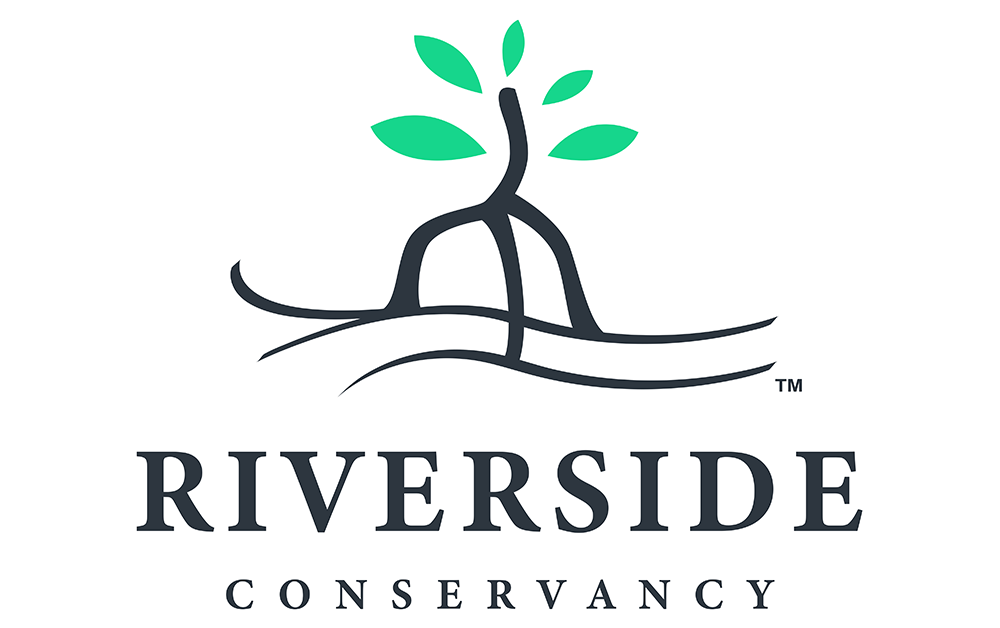SEVAS Members with the newly installed purple martin hotel at the Riverside Conservancy Center.
By Lisa D. Mickey
When Riverside Conservancy offered a new site where purple martins might want to nest, the Southeast Volusia Audubon Society (SEVAS) jumped at the chance.
The local Audubon chapter installed a nesting hotel for the birds on Jan. 24 at the Edgewater nonprofit’s headquarters. Now, they say it’s just a matter of time before the purple martin “scouts” discover the new nesting option and bring other birds to the site.
“Riverside Conservancy [Executive Director] Kelli McGee participated in our SEVAS panel discussion in December and the next thing I knew, she invited us to put up this purple martin hotel at their headquarters,” said Richard Fasse, who serves as the “purple martin landlord” for SEVAS. “So, this is our first satellite colony.”
SEVAS installed its original purple martin nesting site a few miles away at Marine Discovery Center (MDC) three years ago. That system uses gourd-shaped nesting compartments that may be raised and lowered for cleaning. For the last two years, three pairs of birds have nested at the site and last year, the MDC site produced eight successfully fledged chicks.
“Only 15 percent of the babies will return to the original roost, but they tend to stay within 30 miles of that,” said Fasse. “We’re hoping this new site may attract the babies that we raised last year. One or two of the chicks from last year may go back to the MDC site, but it’s nice for them to have options.”
SEVAS got the option to add a satellite colony when one of its members, Kathy Griffin, moved into a new neighborhood that does not allow bird nesting boxes.
“We didn’t want to get rid of the nesting hotel, so I just started asking around to see who could use it and it worked out at Riverside Conservancy,” said Griffin, also a Riverside Conservancy member. “I think this is going to be a great location.”
The purple martin hotel features the names of SEVAS and RC members, and has a dummy purple martin to attract the birds.
Seven SEVAS members showed up on a cold January day to install the nesting hotel at the restored shoreline at Riverside Conservancy. The purple martin hotel has 12 portal holes for nesting birds and the hotel sits atop a 12-foot heavy-duty pipe.
“Usually, purple martin hotels accommodate about 80 percent of their capacity, so if we get nine or 10 nests and we want to expand, that’s the only way we will get more of these birds. We could add another house within 15-25 feet of this one if there is a need.”
What makes the Riverside Conservancy site appealing to purple martins is access to water. Fasse said there are five freshwater ponds within a mile of the center and these birds will fly up to two miles for water from their nesting site.
Unlike the MDC site’s nesting system, the bird hotel at Riverside will not be serviced during nesting season – starting in February -- and visits by SEVAS members to the site will be more for casual viewing than regular monitoring. SEVAS members note that it may take “a couple of years” for the birds to find the hotel and move in, but then again, it could happen as soon as this year and even as soon as January.
“I think folks at Riverside Conservancy will enjoy what happens,” said Griffin. “It’s a beautiful spot for the hotel and you just have to sit back and watch for the birds to arrive and hope for the best.”
Some purple martin research has taken place in Orlando at the Disney World complex, as well as at the University of Central Florida. Researchers there are hoping to establish a geolocator map of every purple martin nesting site in this region. They also hope to update previous research stating this species stays within 30 miles of where nesting occurred.
“They are banding all of their chicks, so those of us here in Volusia County will have to keep an eye out for banded birds that nest here,” noted Fasse. “Then, researchers will be able to trace it back to where the birds were born and either confirm or disprove the previous 30-mile study.”
SEVAS Co-President Marsha Cox was one of the chapter members present at the purple martin hotel raising. She noted that not a lot of housing is available beachside for these birds.
“Being able to add a satellite colony is important because it’s part of our conservation project,” said Cox. “And with the whole idea of conserving areas for birds and places where they can rest and nest, this is a great location. It’s very exciting.”


